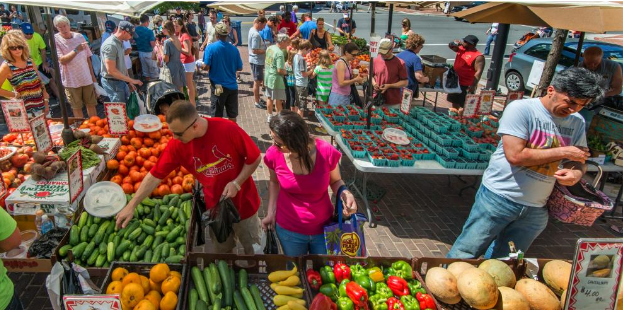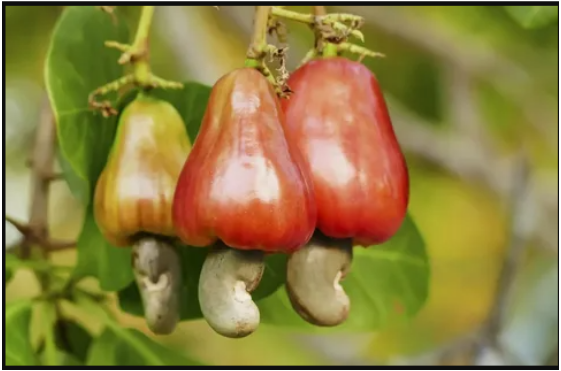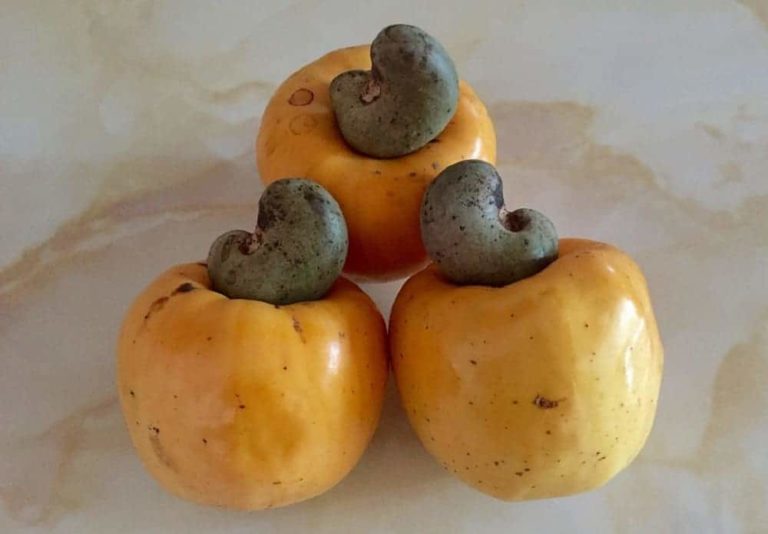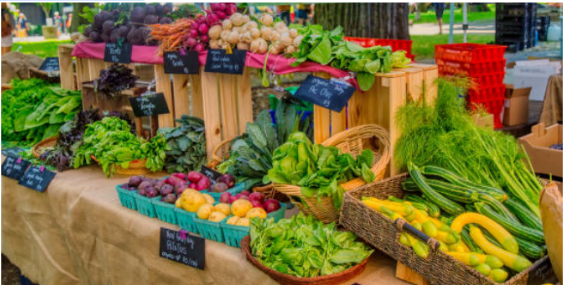Your cart is currently empty!
The Cashew Gene Bank of India and Cashew Farming
For a very long time, the cashews that consumers ate came strictly from wild trees. But now, the bulk of cashews are grown on tropical plantations across the world. Scientists in India are currently developing new varieties. 60% of the world’s cashews are processed (and grown) on Indian plantations today.
Cashew Growth | Past and Present
The National Cashew Gene Bank was started in India in 1986 for cashew research efforts. In the last report, there was genetic material from more than four hundred different varieties stored there. For comparison purposes, there are only six thousand farmers that grow all of our almonds in the United States. In India, it is hundreds of thousands of growers are involved in producing the world’s cashew supply.
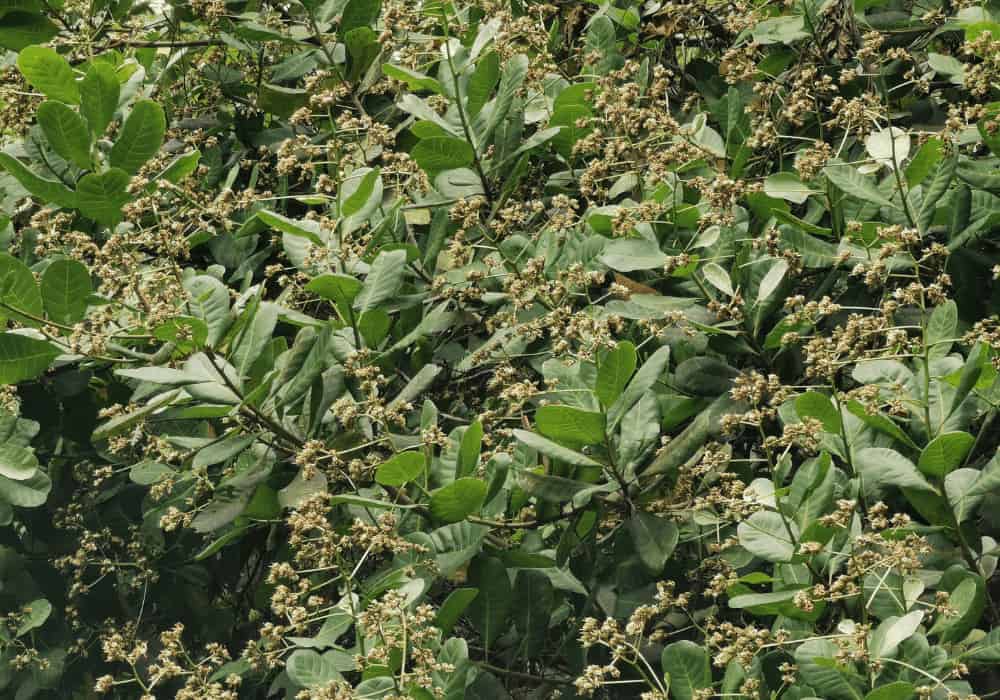
The Start Of Cashews Farming Season in India
The cashew bloom begins in the dry weeks of November or December. Pollination occurs by the wind, although local bees contribute to it as well. New research on red ants or weaver ants, (Oecophylla smaragdina) finds them to be a potential biological control agent against a wide range of pests found to attack India’s cashew fruits. Ants that live in the trees help with the process.
Each branch of the tree holds nuts at various stages of development. When the nut has grown to its full size, probably an inch and a half long, the stem elongates and the other part of the equation, the cashew apple, starts to grow. It is ripe when the apple is oval-shaped, two or three inches long, and red or yellow in color. This is when the cashew apple and the nut hanging below it, will fall to the ground.
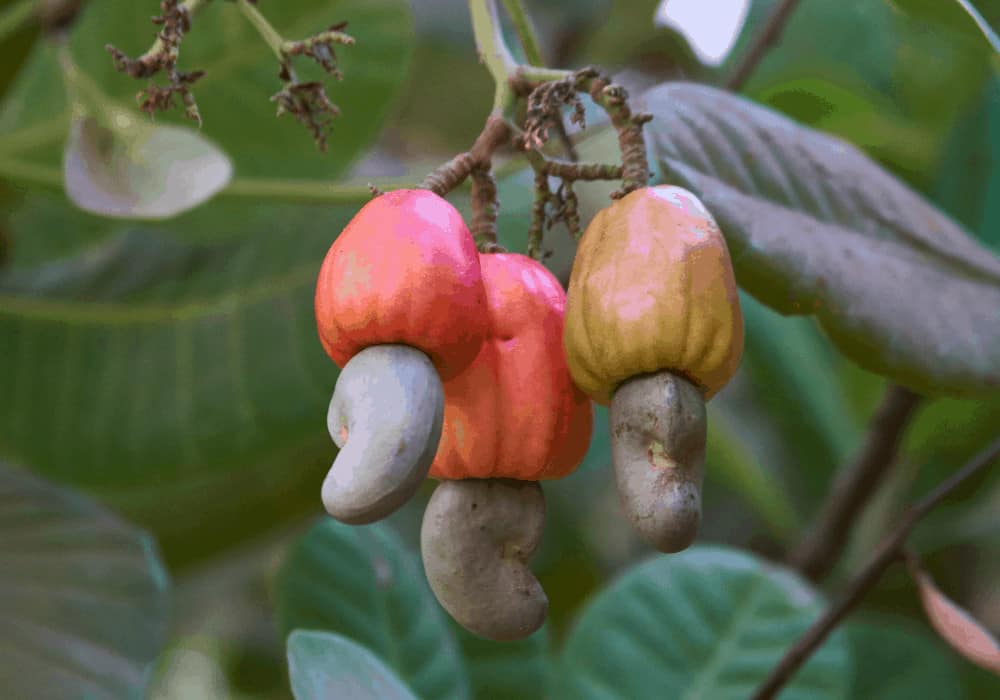
The cashew apple is a juicy, but bitter and fragile fruit that must be used within twenty-four hours of ripening. Its’ juice is sometimes extracted and fermented into an inexpensive alcoholic drink. More often, it is considered expendable and left on the ground after the nut is taken. The first batch of nuts will be gathered as early as January. The yield will continue to fluctuate, peaking, and then declining for the next several weeks. Cashew farming seems to be about timing the cashew just right.
In mid-March, most Cashew fruit will have matured and fallen. Farmers do not pick nuts from the trees. Each branch will have nuts in various stages of development. Pulling a cashew from the branch might damage the immature nuts. There will be a few more in April and then a final small yield in May, just before the summer rains.
Post Cashew Farming | Processing Techniques And Usage
As previously mentioned, 60% of the world’s cashews are processed in India. Some of the Indian cashew crops come from as far as Benin in West Africa for processing before getting to America and Europe.
The cashews, in their hard dark shells, are usually spread out in the sun to dry for a couple of days. They get a quick roasting to facilitate the removal of the pungent and corrosive CNSL. (cashew nut shell liquid) There are several processes used to do that. Most often, they are bathed in a solvent that dissolves and draws out the liquid. Then, the skilled and patient members that work the processing lines carefully cut the cashews open, one by one.
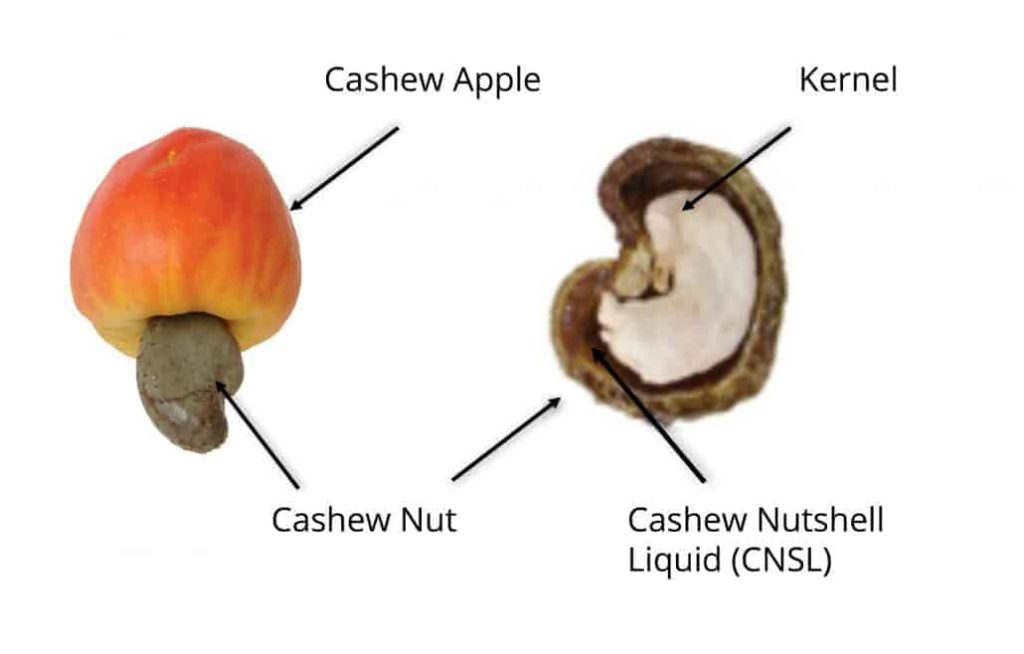
CNSL is today still a profitable byproduct of cashew processing, showing up in paints and varnishes. This cashew liquid is also used as an element in friction linings. That translates to items such as clutch facings and brake linings. One of the workers pointed to a huge Indian-made Tata truck. “It uses the Cashew two ways,” he said. “There is CNSL in the clutch to get it going and also in the brake linings to make it stop.” We also learned that it is sometimes used, unprocessed, by the fishermen to treat the wooden hulls of their boats.
Conclusion
According to the Nationals Cashew Gene Bank Of India, about 90% of the world’s cashews are consumed as a snack. In India, however, cashews are used widely and creatively. Often, they’re ground to thicken and give flavor to dishes both cooked and roasted, as an integral part of a recipe. Sometimes, they’re simply added as an attractive garnish.
Because of the intensive labor, it takes to get cashews to market, cashew is one of the more expensive nuts. Nonetheless, the world clearly thinks they are worth it.


